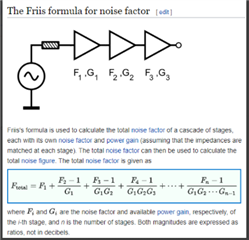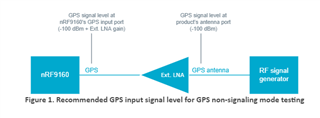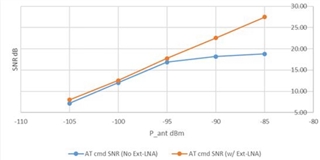Dear Devzone,
At the moment, We do not have methods to measure the GPS sensitivity of our products based on nRF9160.
We are using an active antenna with LNA gain 16dB, NF 1dB.
The Schematic for the GPS part is like below.
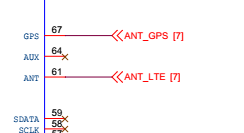
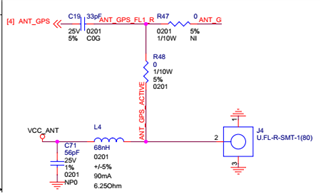
We apply a Simulated GPS signal directly to J4. And the minimum level where nRF9160 still could fix coordinates is -129dBm.
Could we use this result including test report of external LNA (from Antenna active) to infer the sensitivity of the device? If yes, how to infer?
Thank you and Best regards,
Ngoc Nguyen



